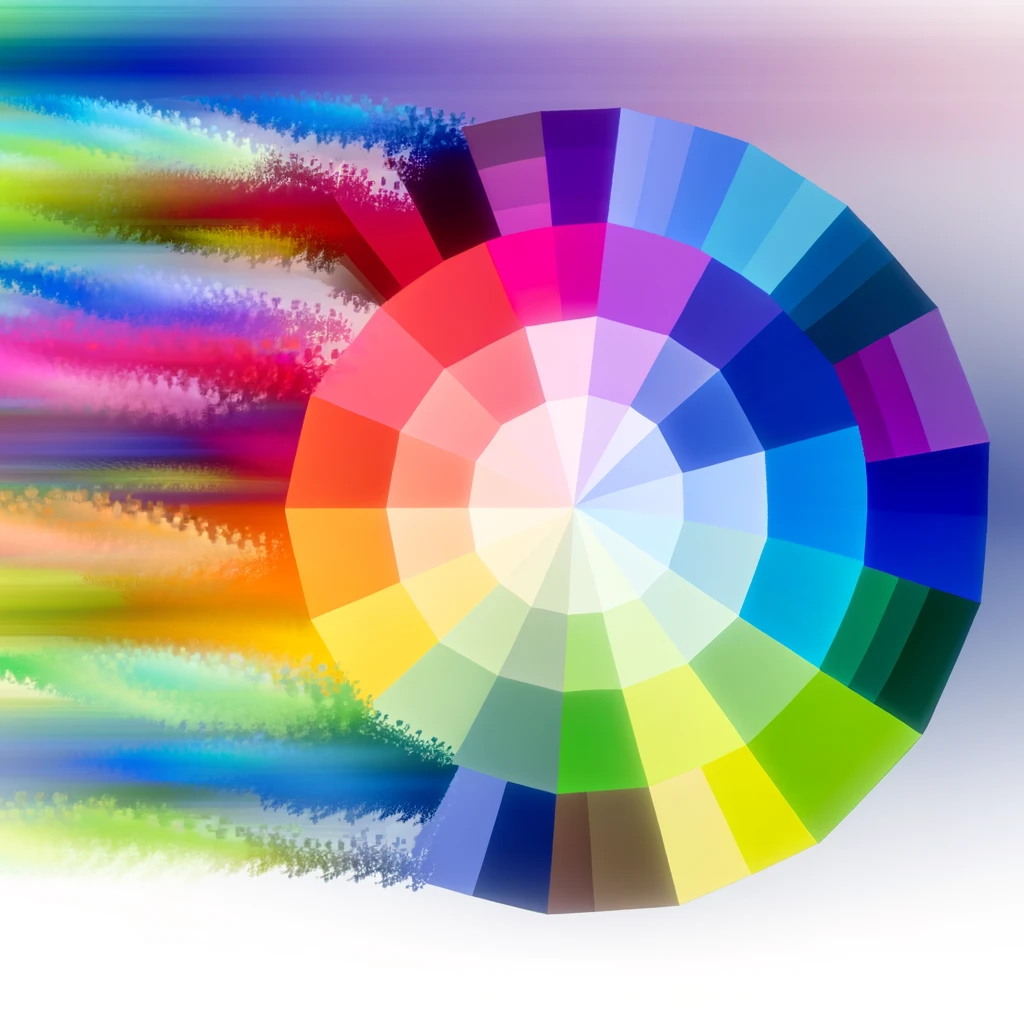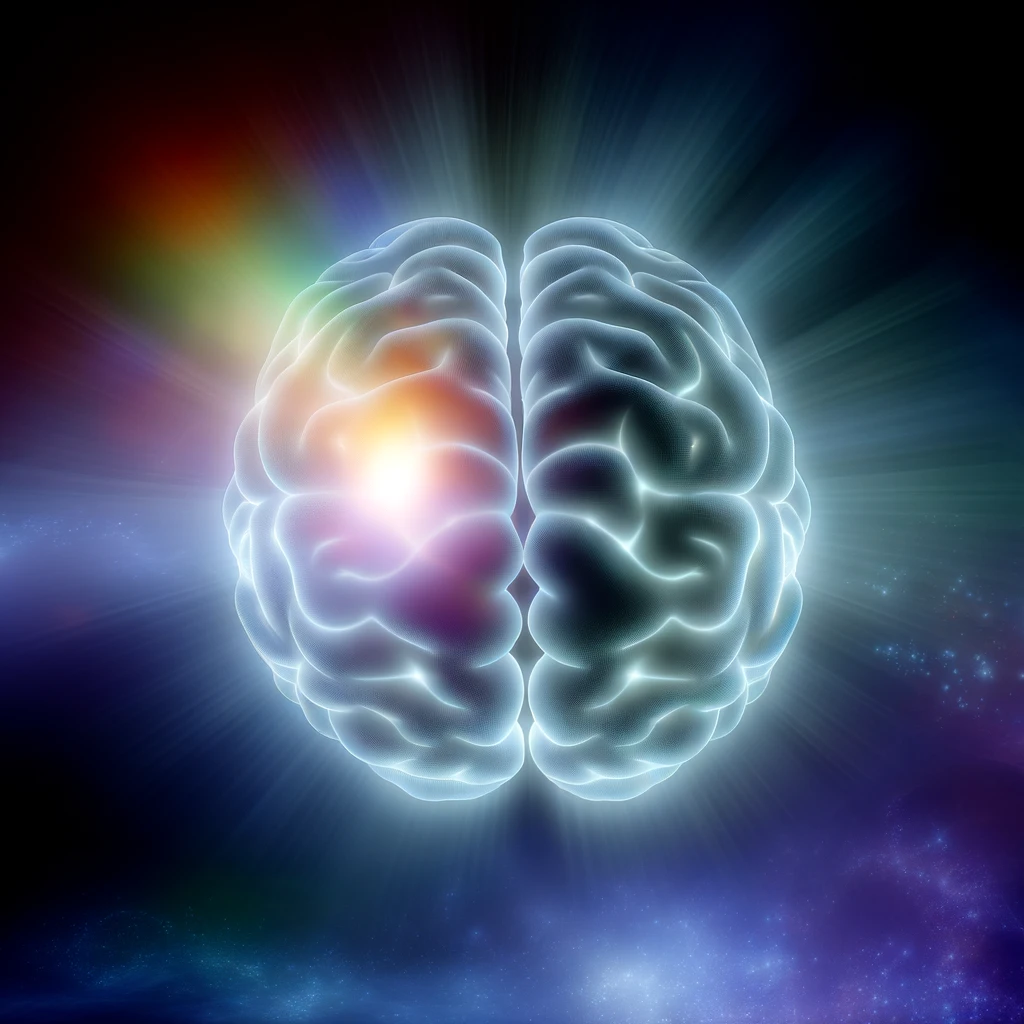
The Psychology of Color: An Introduction
Color is more than just a visual experience; it has the power to influence our emotions and behaviors in profound ways. The study of color psychology seeks to understand how different hues affect our mood, decision-making processes, and even our physical reactions. This article delves into the fascinating world of color psychology, exploring how colors can shape our daily experiences.
The Basics of Color Psychology
Color psychology is a field of study that examines how color influences human behavior. It's based on the idea that color can evoke specific emotional responses and can even affect our physiological state. For instance, the color red is often associated with feelings of excitement or urgency, while blue is typically linked to calmness and tranquility.
Understanding the basics of color psychology can be incredibly useful in various fields, from marketing to interior design. By strategically using colors, professionals can create environments and materials that influence people in desired ways.
Warm Colors
Warm colors, such as red, orange, and yellow, are known for their stimulating effects. They can evoke feelings of warmth and energy but can also trigger feelings of aggression or warning. These colors are often used in settings where activity and interaction are encouraged.
Cool Colors
Cool colors, including blue, green, and purple, tend to have a calming effect. They are often used in environments where relaxation and tranquility are desired. For instance, many healthcare facilities use cool colors to create a soothing atmosphere for patients.
Color Associations Across Cultures
It's important to note that color meanings can vary significantly across different cultures. For example, while white is commonly associated with purity and weddings in Western cultures, it is often linked to mourning in some Eastern cultures. Understanding these cultural differences is crucial for global businesses and marketers.
In marketing, companies often leverage color psychology to influence consumer behavior. The colors used in branding, packaging, and advertising can significantly affect consumers' perceptions and decisions. For instance, red is frequently used in sales promotions to create a sense of urgency, while green is often associated with eco-friendliness and sustainability.
The Impact of Color on Mood and Behavior
Research has shown that color can have a measurable impact on mood and behavior. Exposure to certain colors can alter hormone levels, influence blood pressure, and even affect appetite. For example, the color blue has been found to suppress appetite, making it a popular choice in weight loss programs.
Color in Interior Design
In interior design, color psychology plays a crucial role in creating environments that promote well-being. For instance, using calming colors in bedrooms can enhance sleep quality, while vibrant colors in social spaces can encourage interaction and conversation.
Understanding the psychological effects of color can help individuals make informed choices when designing their personal spaces or selecting clothing and accessories.
Conclusion: The Power of Color
Color psychology reveals the powerful influence that hues can have on our emotions and behaviors. By understanding how different colors affect us, we can make more mindful choices in our personal and professional lives. Whether you're choosing a new paint color for your home, designing a marketing campaign, or selecting an outfit for an important event, considering the psychological impact of color can lead to more successful outcomes.
Related Articles





